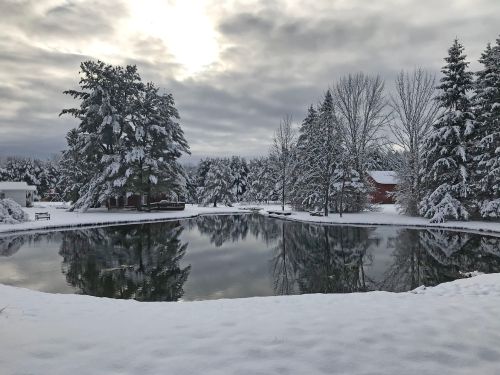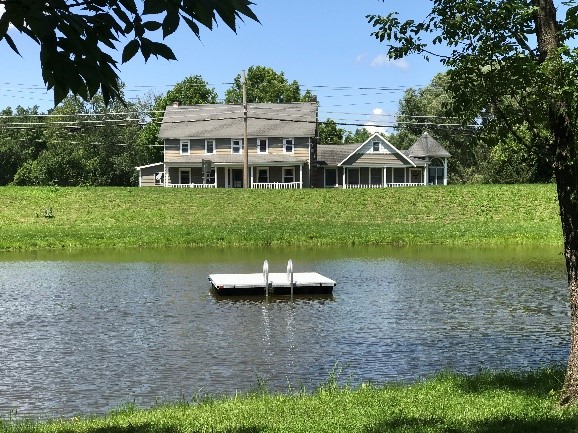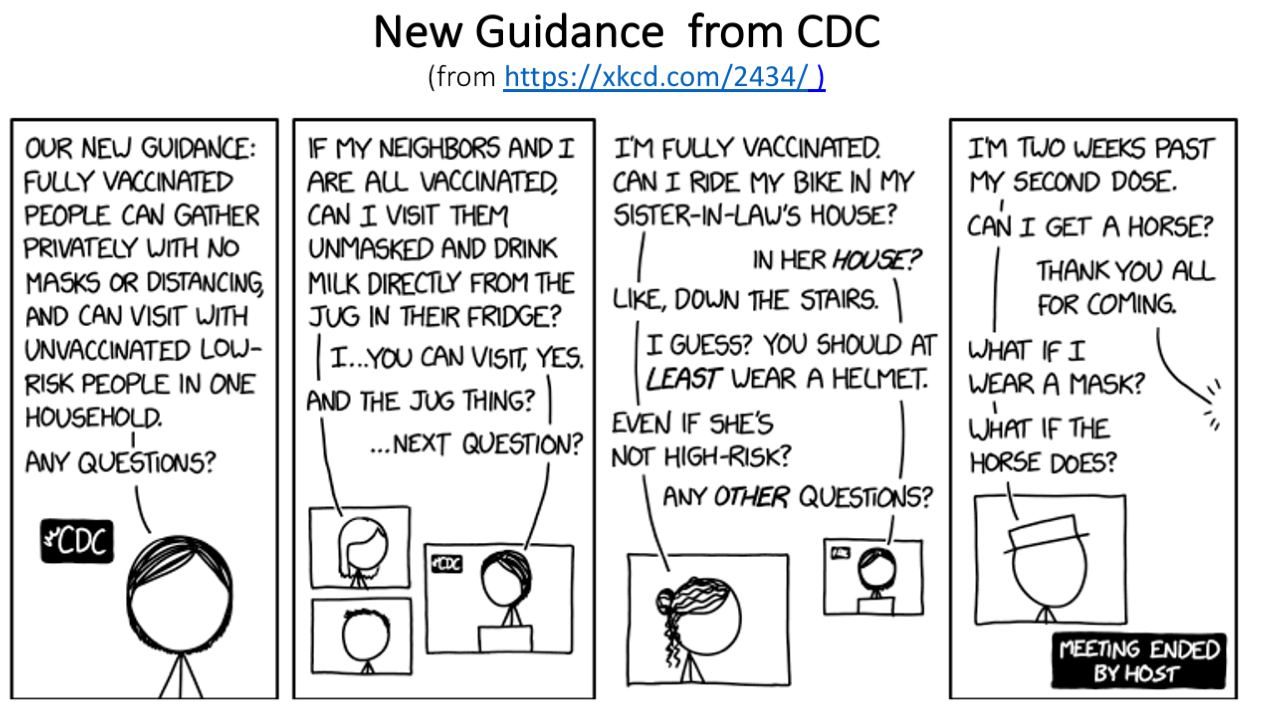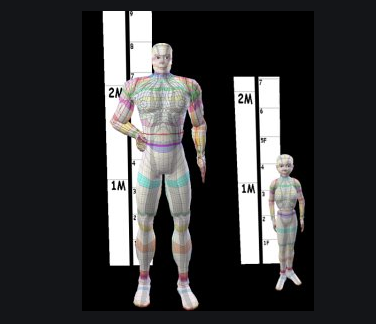Just before I retired from full time teaching at the University, there was a move afoot among faculty interested in good teaching to “flip” classrooms. Students seemed to really like flipped classrooms and faculty who did the flipping were rewarded with high class evaluations. I never got around to flipping any of my classes because I am an old dog and it takes a lot of work to learn this new trick. Flipping a class involves two large investments of time and effort. First, the faculty member has to video record all class lectures so that they can be viewed by students before they come to class. Then, since students’ class time is not devoted to listening to lectures, the faculty member has to develop a set of learning activities to utilize the now-available class time. These are often group-oriented projects. All this work by a faculty member results in a more active “hands on” class with less time listening to “talking heads”.
I mention this because our church, in response to pressure from COVID-19, has completed half of the task of “flipping” our worship services. After several months of hard work by many members of the congregation, we now produce a high-quality prerecorded and shortened version of our regular liturgy. It really is quite a nice product.
Yesterday afternoon, I attended on an online meeting of our church’s “COVID-19 Task Force”, the same group that advised our church board to shut down traditional worship early on. Now we are considering how to re-open and return to normal. During the discussions, I kept seeing in my mind’s eye those simulations from Ali’s model that showed significant active dynamics from the current COVID-19 pandemic recurring out at a time scale of 720 or even 1440 days (in round numbers three or four years) from the onset of the pandemic). I wondered whether it would be wise to back off social distancing and reduction of contacts when the pandemic may bounce back and exhibit renewed dynamics two, three or even four years out from here? The threat of additional outbreaks will probably remain with us in some form, requiring that we maintain social distancing until there is a medical breakthrough such as a vaccine or until enough people have experienced the virus to give the community a measure of “herd immunity”. That might take quite a while.
This morning, I woke up asking myself, “Why go back? Why even try to return to some pre-COVID-19 normal?” Rather, we should find a way to use this pandemic to boost our church services up a notch—to actually make things better in the future by creating a new “normal”.
We should complete the process of flipping our church service. I think that there might be big potential benefits in doing so. In the weeks since we started providing a high quality video version that is much more widely accessed by all members (we had been posting a regular video for some time), we have started seeing many of our senior members returning to join the online worship space, even logging in from their assisted living or nursing places of residence. We are also seeing more fresh young faces, who participate in the liturgy as readers or by providing pre-recorded music.
What if we re-imagined the rest of our service so that we had new kinds of interactions between small groups to supplement the more formal liturgy? One group would be worshiping and discussing around the theme of how to make our church a more environmentally-aware and Earth-Friendly place. Another segment of our worship community might gather around the theme of how to make an already inclusive community even more open and inviting for everyone, no matter, for example, where they might fall on the gender identity spectrum. Of course, these groups could be blended in the sense that some persons in a given group might show up physically at church to participate, while others might join this newly reinvented form of worship from afar using our new found ability to gather online. Groups that do show up at the physical space would meet all around our building, not just crowd into the sanctuary, so this plan would have its own built-in plan for lower density and social distancing. I would bet that this kind of re-imagined and “flipped” church experience could be even more attractive to our church’s children (and grandchildren). We have the opportunity to reconfigure our traditional way of “doing” church in ways that could grow robustly into the future.
The big question is, should we plan to re-open our church for normal worship in the format we have known all our lives and have grown comfortable with, or should we plan to transform our church into a more open place that can attract a new generation to a re-imagined vision for living a life of Faith in the 21st century?
This Story Has a Lesson
Disruptive Dynamics for COVID-19 may stretch out for 2-4 years or more. This relatively long time frame gives us time to plan for and implement positive transforming changes. We do not have to think only about to returning to a pre-COVID-19 “Normal”.
Read More to Dig Deeper
An earlier system story, “Uncle Ted’s Plan for Protecting His Company” discusses possible ways to use the coming widespread availability of testing for COVID-19 infection as a private sector tool to supplement more traditional public health measures in order to protect people who may be at high risk due to frailty or prior medical conditions. This story suggests that big changes in our lives being forced upon us by COVID-19 can be turned (can be flipped?) to a force for the good. By considering COVID-19 not as a transient that we first endure and then return from, this story suggests that all of us–not just churches but all of us including small businesses, schools, restaurants and others–may want to seize a unique opportunity to achieve transforming and positive change. Responding to COVID-19 gives us a once-in-a-lifetime chance to reimagine and actually achieve major changes for the better.
Scholars who study transformative change describe such processes as emerging in three stages: (1) Unfreezing, where we have to “unlearn” prior ways of being, followed by (2) Transforming, where we imagine new ways of being and acting and put them into practice, and (3) Re-freezing, where we practice living in a new and transformed future. We can and should look at COVID-19 as a significant and long term system shock that will unfreeze our “normal” ways of doing business. Over the next 3-4 years or until we get a vaccine, our job is to effect positive change in how our society is structured and operates so that when we “refreeze” the system (that is re-open and get back to “normal”) we are in a better place than when we started, more resilient and better able to anticipate and weather future shocks.





